Everything You Need to Know About best led teeth whitening kit
- Everything You Need to Know About the Best LED Teeth Whitening Kit
- Introduction: Why LED Teeth Whitening Kits Are So Popular
- How LED Teeth Whitening Kits Work
- Key Ingredients: Hydrogen Peroxide vs. Carbamide Peroxide
- What the LED Actually Does
- How to Choose the Best LED Teeth Whitening Kit
- How to Use an LED Teeth Whitening Kit Safely and Effectively
- Expected Results and Longevity
- Safety and Side Effects
- Professional Whitening vs. At-Home LED Kits
- Why Working with a Reliable Supplier Matters — The Double White Advantage
- Checklist: How to Pick the Best LED Teeth Whitening Kit for Your Needs
- Conclusion
- Contact & Next Steps
- Frequently Asked Questions
Everything You Need to Know About the Best LED Teeth Whitening Kit
Introduction: Why LED Teeth Whitening Kits Are So Popular
At-home LED teeth whitening kits are among the fastest-growing segments of oral cosmetics because they promise noticeable whitening without a dental visit. Consumers seek convenience, cost-effectiveness, and predictable results. If you search for the best led teeth whitening kit, you will find a wide range of options. This guide explains how these kits work, what ingredients matter, how to choose a reliable product, safety considerations, and how Double White — a leading teeth whitening kit supplier — fits into the market.
How LED Teeth Whitening Kits Work
Most LED whitening kits pair a peroxide-based bleaching gel with a low-level blue LED light. The gel contains hydrogen peroxide or carbamide peroxide, which releases reactive oxygen species that break down chromogens (color molecules) in tooth enamel and dentin. The LED light (commonly blue light between 430–490 nm) is designed to accelerate the breakdown of peroxide, potentially enhancing the speed of the whitening reaction. While LED does not replace peroxide, studies show a modest improvement in initial whitening speed when used with appropriate gels.
Key Ingredients: Hydrogen Peroxide vs. Carbamide Peroxide
Understanding the active ingredient is essential when choosing the best LED teeth whitening kit:
- Hydrogen peroxide (H2O2): Fast-acting, typically used in concentrations from ~3% to 12% in at-home kits. It delivers quicker visible results but can be associated with higher short-term sensitivity if concentration or exposure time is excessive.
- Carbamide peroxide: Breaks down into hydrogen peroxide and urea. Typical concentrations in at-home products range from ~10% to 22%; roughly one-third of carbamide peroxide converts to hydrogen peroxide by weight, so 15% carbamide ≈ 5% hydrogen peroxide. Carbamide formulations act slower but are often gentler over longer wear times.
Other supporting ingredients include desensitizers (potassium nitrate, fluoride), pH stabilizers, and glycerin or propylene glycol as carriers. Look for reputable formulations tested for stability and safety.
What the LED Actually Does
Key technical points about LEDs in whitening kits:
- LED wavelength: Most whitening LEDs emit blue light in the 430–490 nm range. This wavelength can accelerate peroxide activation but must be paired with a compatible gel.
- Intensity and treatment time: LED units vary in power. Higher intensity can shorten sessions but may increase heat or sensitivity; reputable kits balance intensity with safe session times (typically 10–30 minutes).
- Clinical effect: Research indicates LED can improve early whitening outcomes versus gel alone, but peroxide concentration and contact time remain the main drivers of whitening degree.
How to Choose the Best LED Teeth Whitening Kit
When evaluating kits, focus on these business-intent factors and product attributes:
- Active ingredient & concentration: For at-home use, safe and effective kits commonly use hydrogen peroxide 3%–12% or carbamide peroxide 10%–22%. Ensure concentrations comply with local regulations.
- LED specifications: Look for blue LED wavelengths in the 430–490 nm range, clear power ratings, and automatic shut-off/timers to control exposure.
- Product testing & certifications: Choose products with safety testing and quality certifications (CE for Europe, ISO 13485 for medical device quality management where applicable). Manufacturer transparency on testing is a key trust signal.
- Dental compatibility: If you have crowns, veneers, or fillings, check manufacturer guidance. Peroxide whitens natural enamel only; restorations will not change color.
- Sensitivity management: Kits that include desensitizing agents or lower-percentage gel options can reduce risk of sensitivity.
- Brand & supplier reliability: For sellers and wholesalers, confirm manufacturer capabilities such as R&D, OEM/ODM experience, sample availability, and customization — attributes where Double White excels.
How to Use an LED Teeth Whitening Kit Safely and Effectively
Follow the product instructions, but general steps typically include:
- Brush and floss to remove plaque and surface residue; do not use abrasive toothpaste immediately before whitening.
- Apply a pea-sized amount of whitening gel to the mouth tray or strip according to the kit.
- Insert the tray and activate the LED device. Typical session lengths are 10–30 minutes; many kits recommend daily use for 7–14 days.
- After the session, remove the tray, rinse your mouth and the tray thoroughly.
- Avoid stain-causing foods and beverages (coffee, red wine, tea, tobacco) for at least 24–48 hours after a whitening course; long-term maintenance involves limiting staining habits and occasional touch-ups.
If you experience persistent pain, unusual swelling, or soft tissue irritation, stop use and consult a dental professional.
Expected Results and Longevity
Results vary by baseline tooth shade, diet, and oral habits. Typical expectations:
- Initial whitening is often noticeable after 1–2 sessions; significant improvement usually occurs within 1–2 weeks of recommended daily use.
- Longevity generally ranges from 6–12 months, depending on maintenance and staining exposures. Occasional maintenance treatments (every 3–6 months) can prolong results.
- Intrinsic discolorations (from medication or trauma) may respond less predictably and often require professional consultation.
Safety and Side Effects
When used as directed, most at-home LED kits are safe. Common and usually temporary side effects include:
- Tooth sensitivity to hot/cold — often reduced by using lower concentration gels or desensitizing formulas.
- Gum or soft-tissue irritation — typically from gel contact or overfilling trays; use correct tray fit and wipe excess gel away.
Precautions: Avoid using whitening products if you are pregnant or breastfeeding without dental advice. People under 18 should consult a dentist before use. Always follow local regulatory guidance and manufacturer instructions.
Professional Whitening vs. At-Home LED Kits
Professional in-office whitening uses higher-percentage peroxide and stronger light sources under dental supervision, producing faster, more predictable results and allowing management of sensitivity. At-home LED kits are more affordable, convenient, and effective for many common stains. Choose in-office treatment for stubborn intrinsic discoloration or when faster dramatic results are required.
Why Working with a Reliable Supplier Matters — The Double White Advantage
Choosing a reputable manufacturer ensures product consistency, regulatory compliance, and scalable supply. Double White is a professional organization specializing in oral care R&D and manufacturing with capabilities in biotechnology, scientific research, production, and brand management. As a leading teeth whitening kit supplier in China, Double White offers free samples, OEM/ODM customization, and a product range including teeth whitening strips, gels, pens, and LED kits. For private-label brands or retailers seeking the best LED teeth whitening kit with custom packaging, partnering with an experienced supplier reduces risk and accelerates market entry.
Checklist: How to Pick the Best LED Teeth Whitening Kit for Your Needs
Before you buy, confirm:
- The active ingredient and concentration match your sensitivity profile.
- The LED wavelength and intensity are disclosed and appropriate (blue LED ~430–490 nm).
- Clinical testing, safety data, or certifications are available or provided by the supplier.
- Customer support, clear instructions, and return policies exist.
- If you need bulk orders or private labeling, confirm OEM/ODM, MOQ, and sample availability.
Conclusion
The best LED teeth whitening kit balances an effective peroxide formulation with a well-designed LED device, clear safety features, and reliable supplier support. LED light can accelerate whitening, but peroxide concentration, contact time, and correct usage are the primary determinants of results. For retailers and brands, selecting a manufacturer with proven R&D, manufacturing controls, and customization capabilities — such as Double White — helps ensure consistent quality and compliance.
Contact & Next Steps
If you are a retailer, clinic, or brand seeking high-quality LED whitening kits, consider requesting free samples and discussing customization options. Visit Double White for product details, specifications, and OEM/ODM services: https://www.double-white.com/.
Authoritative note: This article summarizes commonly accepted science and best practices for LED whitening and peroxide-based gels. For personalized dental advice — especially if you have restorations, severe discoloration, or gum disease — consult a licensed dentist.
Frequently Asked Questions
What is the difference between LED whitening and whitening strips?LED whitening pairs a peroxide gel with light activation for faster results; strips are adhesive peroxide films that deliver whitening without a light. Both can be effective; LED kits may deliver faster initial whitening when combined with appropriate gels.
How long does it take to see results from an LED kit?Many users see changes after 1–2 sessions; more noticeable whitening typically appears within 1–2 weeks of recommended use.
Is LED whitening safe for enamel?Yes, when used as directed. Peroxide chemically modifies stains but does not permanently damage enamel if products are formulated and used correctly. Avoid overuse and follow instructions to minimize sensitivity.
Will whitening affect crowns or veneers?No. Dental restorations like crowns, veneers, and composite fillings do not whiten. If you plan whitening and have restorations, consult your dentist about matching restorations after whitening.
Can I make my own whitening gel to use with an LED device?No — homemade formulations can be unsafe, unstable, and unpredictable. Use products from reputable manufacturers who test stability, concentration, and safety.
Why choose Double White as a supplier?Double White combines R&D in biotechnology, rigorous manufacturing controls, and OEM/ODM experience. They provide free samples, custom packaging, and a broad oral care product range, which helps retailers and brands bring trusted LED whitening kits to market faster.
Recommended for you
Top 10 Whitening Strips Manufacturers and suppliers brand
What is best teeth whitening light ?
How to Choose an E-commerce Teeth Whitening Strip Manufacturer

The Ultimate Guide to the Best Whitening Strips for Teeth: Double White's Top Products
About Product Choice
Can free samples be provided?
Yes, we can provide some free samples for you to test and evaluate, please contact our sales team for specific details.
How do I determine which product is right for me?
You can choose the product type and specifications that suit you based on your needs, budget, and expected results.
About Recipe Customization
What effect do these ingredients have on teeth?
Hydrogen peroxide and sodium chlorite can effectively remove surface stains on teeth, while PAP can deeply whiten teeth.
About Logistics
Is your logistics and distribution service reliable?
Yes, we cooperate with a number of well-known logistics companies to ensure the timeliness and reliability of logistics and distribution services and provide you with a satisfactory distribution experience.
About Solution Suggestions
Can I whiten my teeth at home?
Yes, our products are suitable for home use, you can conveniently whiten your teeth at home, saving time and money.

HP Teeth Whitening Alcohol-free Strips HPNA-01
Discover Double White’s HP Teeth Whitening Alcohol-free Strips HPNA-01, the best teeth whitening strips designed for a brighter smile without irritation. Alcohol-free formula ensures gentle yet effective whitening. Achieve professional results safely and easily at home with these top-rated teeth whitening strips.

HP Teeth Whitening Alcohol-free Strips HPNA-02
Double White’s HP Teeth Whitening Alcohol-free Strips HPNA-02 offer effective, gentle whitening without alcohol. These best whitening teeth strips deliver visible results, making them the good teeth whitening strips choice for a brighter smile. Try our whitening strips for teeth today!

Hydrogen Peroxide Residue Free Teeth Whitening Strips RFHP01
Double White Hydrogen Peroxide Residue Free Teeth Whitening Strips RFHP01 deliver the best quick teeth whitening results without residue. These best teeth whitening strips offer safe, effective brightening for a confident smile. Experience one of the best teeth whitening products today.

Hydrogen Peroxide Residue Free Teeth Whitening Strips RFHP02
100% tooth surface residue-free teeth strips represents the latest white teeth technology. This new product has strong adhesion on the teeth, but when peeled off, no gel-like substance remains on the tooth surface, leaving the teeth bright. Like new, no cleaning required.
Send us your inquiry
Reach out to us through the form below or via the contact information provided.
Our dedicated team is committed to providing prompt and personalized responses to all your queries.
Please fill out the fields above with your full name, email address, and comment.
Copyright © 2025 Double White All Rights Reserved. Designed by gooeyun

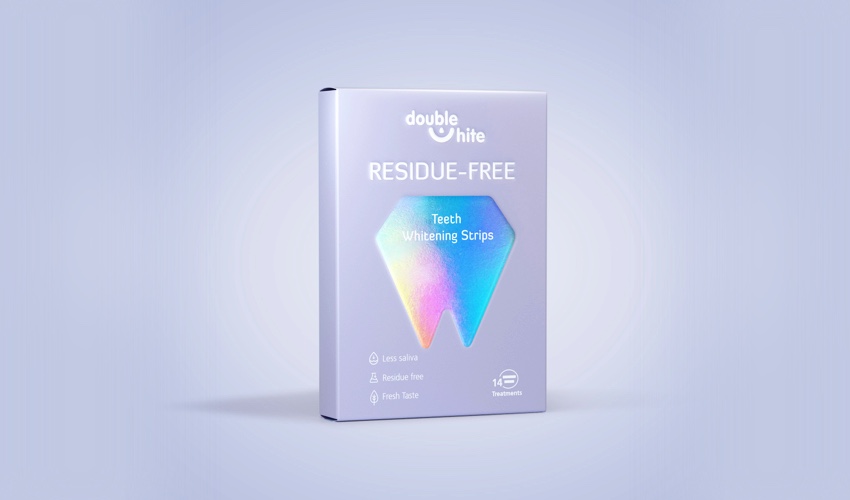
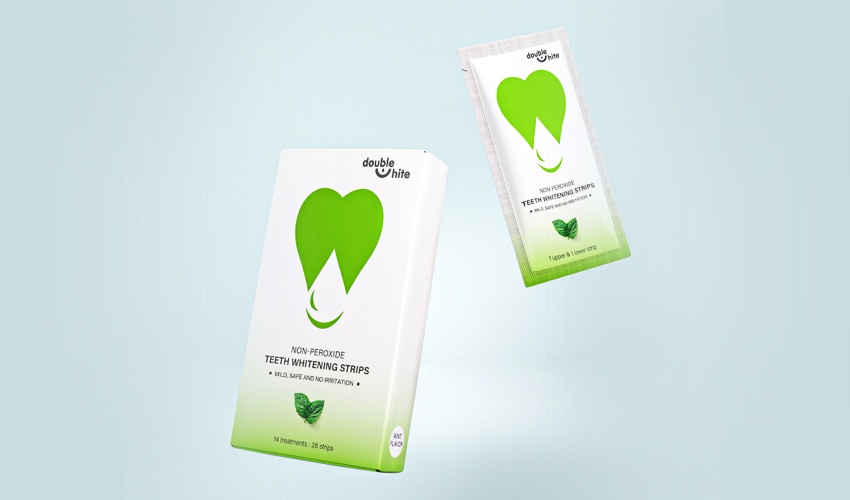
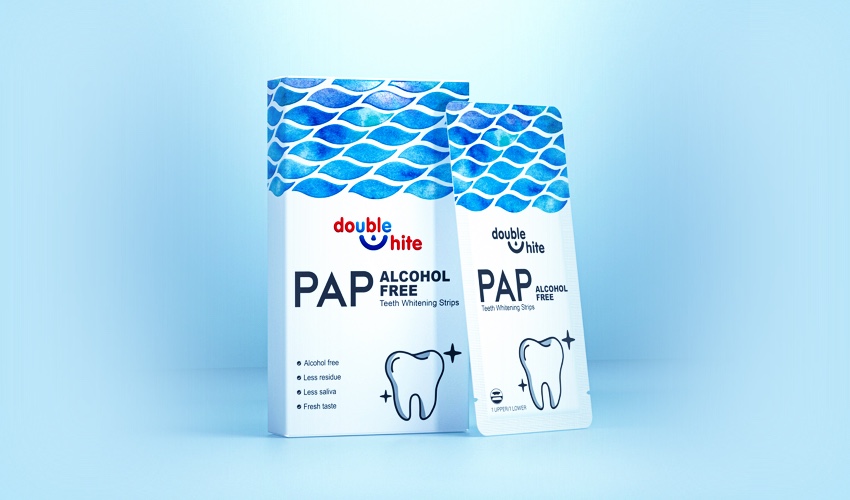
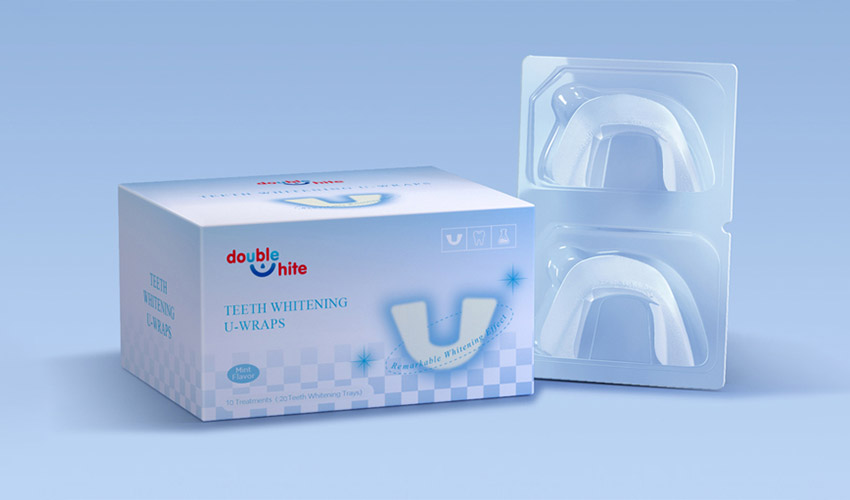
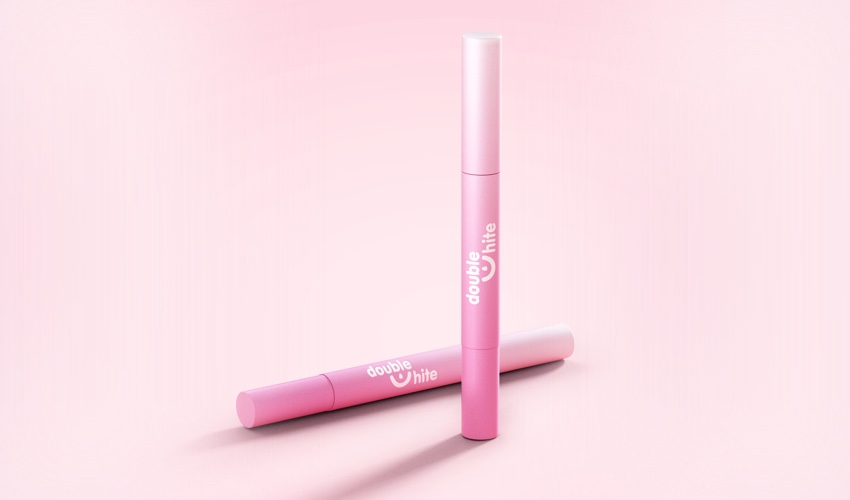
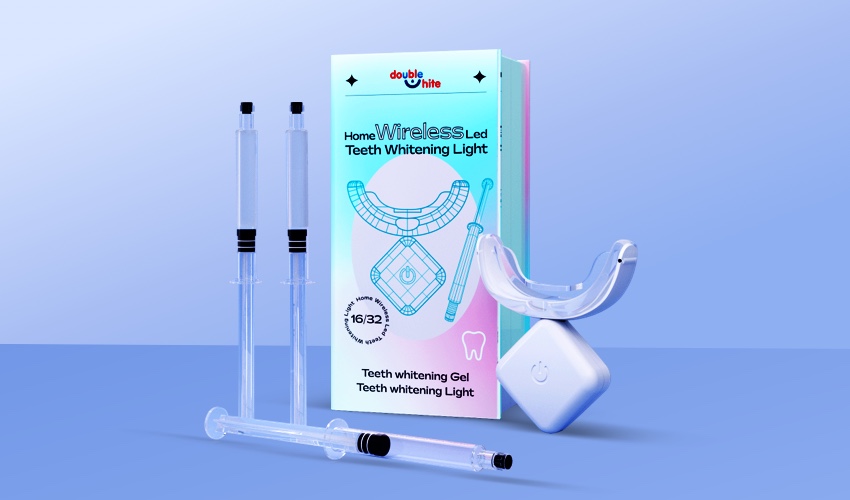
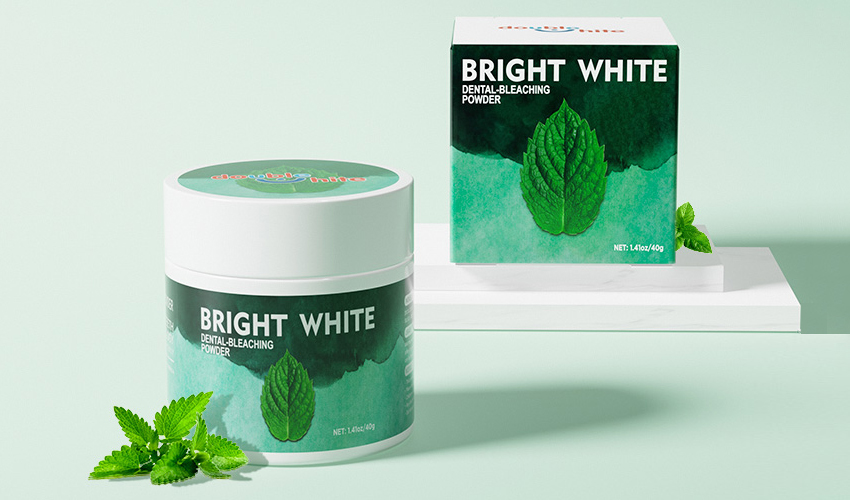






Whatsapp: +8615920313473
cndoublewhite
Doublewhite
doublewhitecn
cndoublewhite
cndoublewhite